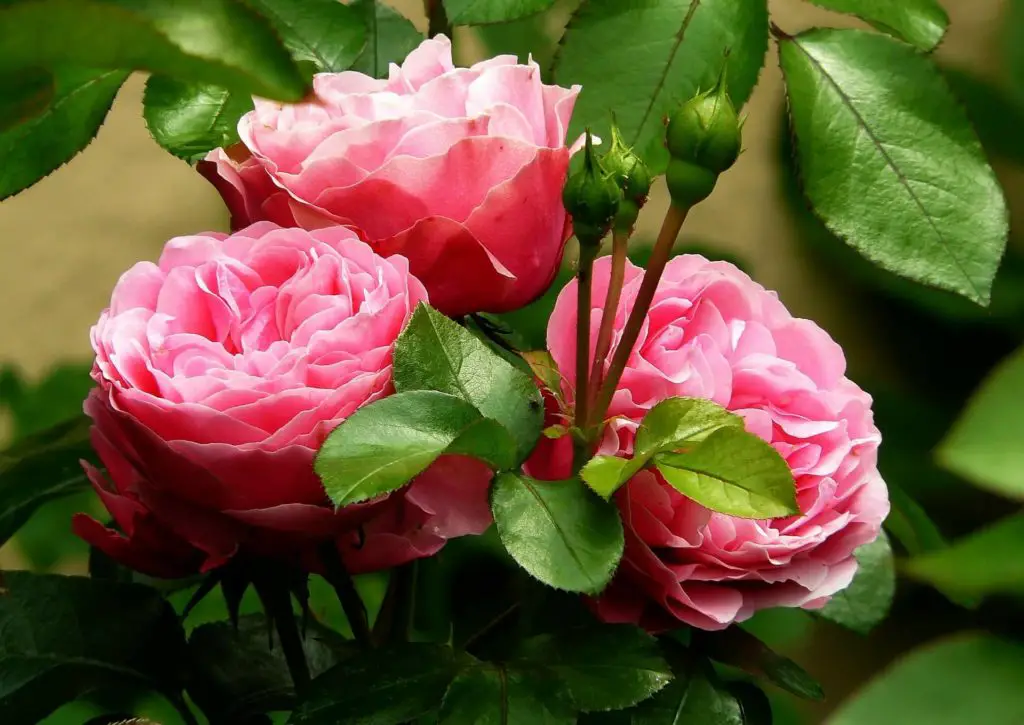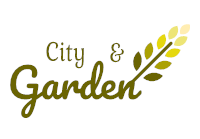As an orchid owner probably you have a ton of orchid food. It is logical to ask: “Is orchids food good for roses and other plants!”. Understanding the content of the fertilizer is what matters rather than the brand or the label attached to it. Orchid food or fertilizer contains macro and micronutrients that can benefits roses and any other plants if applied correctly.
In this article, we gonna answer the most frequent questions about using orchid fertilizer on roses and other plants. While we will draw the general guidelines for doing so. We gonna give more focus to specific plants like gardenias, African violets, and succulents as those are usually the plants people want to know the effect of orchid fertilizer application on them.
But before diving deep we will put it as simple as that: Is orchid food good for roses and other plants? Orchid food contains the basic N-P-K formula that most all purposes fertilizers have. But in ratios that are more tolerated to orchid needs. Those ratios are slightly different than what can be produced for a specific plant. Therefore such food can be used on other plants as long as the orchids’ food contents are understood. And then applied the right amount according to the specific plant’s needs. Before discusssing orchid fertlizer contents, bellow is a quick list of the most common plants that can be fertlized by orchid fertilizer.

32 Plants That Can be Fertlized by An Orchid Fertlizer
- Bromeliads.
- Ponytail Palm.
- Jade Plant.
- Aloe Plant.
- Spider Plant.
- English Ivy.
- Chinese Evergreen.
- Lucky Bamboo.
- Philodondron.
- Peperomia.
- Iris.
- Goldenrod.
- Red Clover.
- Mayflower.
- Yucca.
- Sunflower.
- Black-eyed Susan.
- Camelia.
- Peony.
- Sego Lily.
- Orange Blossom.
- Apple Blossom.
- Ferns.
- Fiddle Leaf Fig
- Hibiscus.
- Anthuriums.
- Pothos.
- Peace lily
- Air plants
- Cactus.
- Monstera
- Hydrangeas.
Orchids food ingredients
Macronutrients
If you checked the orchid fertilizer package you will notice the producer stated three numbers like that 30-10-10 or 20-20-20 or other ratios but the same format in almost every orchid food package.
So, what do those numbers represent?! Those numbers represent the food’s N-P-K contents respectively.
N: The amount of Nitrogen that exists in the orchid’s food. Nitrogen helps the plant to grow its leaves, stems, and foliage ( responsible for vegetation growth).
P: The amount of Phosphorus exists in orchid food. Phosphorus helps plants to grow their roots and blooms. It also to some extent help in disease resistance.
K: The amount of Potassium exists in the orchid fertilizer. Potassium increase the plant’s diseases, drought, cold and heat tolerance, and resistance.
Micronutrients
Whatever the N-P-K ratio is. It will not make 100% of the orchid’s food content. For example, fertilizer with 30-10-10 will make 50% of the overall food’s content.
So, what is the other 50%? The other food’s proportion usually contains micronutrients like Calcium, Magnesium, Iron, Manganese, Zinc, Copper, Boron, and Molybdenum.
Now it is clear that the orchid food hasn’t ingredients that can harm roses or any other plants. Orchid food ingredients either the macronutrients or micronutrients are what all plants need to thrive.
But before feeding your roses and other plants orchid food you should take into your consideration several factors:
- The N-P-K formula of your specific orchid fertilizer.
- The current stage of your plant’s life cycle.
- Is your plant a heavy, medium, or low feeder?
- Is the plant in a container or planted in the ground?
The above factors tell you how, when, and the right amount to use orchids food for your other plants.
How can you use orchids food for roses?
There are different orchid food brands. Each one of them has different N-P-K formula. For example, there are 30-10-10, 20-20-20, and others.
Orchid food with 30-10-10 means it has high nitrogen (30%). Also a decent amount of phosphorus and potassium (10%) for each.
Such orchid fertilizer is a good choice to use on roses at the begging of the growing season. In mid to late spring. Or to be more accurate apply such fertilizer when your roses have four to five inches of new growth.
During the growing season, roses need nitrogen to grow their leaves and stems. healthy leaves and stems mean more healthy flowers in the blooming season.
But only apply 1/4 of the recommended dose in the orchid food package. Because over-fertilization can be severely harmful to your roses. While under fertilization will have little to no effects.
Another reason to apply 1/4 of the manufacturer’s recommendation is that orchid food contains higher N-P-K ratios compared with other roses fertilizers.
On the other hand, some of the orchid’s foods have a higher portion of phosphorus like 11-35-15 N-P-K. As I mentioned earlier phosphorous enhance the plant’s roots’ growth and blooming.
This fertilizer is intended to boost orchids’ blooms. You can use it to fertilize your roses to have more and healthier followers. Apply it when buds start to grow. But don’t forget to follow our rule of just using 1/4 of the manufacturer’s recommended dose.
Notes to remember while using orchid food for roses
Orchid differs from other roses due to their special potting medium. Its appropriate potting medium has fast drainage properties. Therefore it cants hold nutrients. Such a thing make orchids need more frequent fertilization.
But when you intend to use it for other roses don’t follow the same schedule that may be stated in the fertilizer package. Instead, do your research and follow the right schedule for your specific rose.
Also, at the end of summer ( or the 8th week before the first frost) stop fertilizing your roses. Because the plant will go dormant to have some rest. Adding fertilizer in winter will stress the plant.
Is Orchid’s food good for African Violets?
What is common between orchids and African violets is both of them do not tolerate Urea. Therefore orchid’s food does not contain urea as a nitrogen source.
The standard N-P-K formula for African violets is 14-12-14. Definitely, you can use orchids food on African violets. As I mentioned before orchid’s food comes with different N-P-K ratios according to the brand.
For example, for orchid food with N-P-K of 20-20-20 Try to work your orchid food to get close to 14-12-14 by increasing the amount of water that you use to further dilute the fertilizer.
On the other hand, Some orchid fertilizers have N-P-K close to the standard African violets N-P-K ratio.
In such a case it is perfect. Just use 1/4 of the amount recommended by the manufacturers. As it is our rule of thumb to put our plants on the safe side.
Apply orchid food every 5 weeks during the growing season. And don’t forget to moisten the soil before feeding.
Is orchids food good for gardenias?
Gardenia is an acid-loving plant. And guess what! most orchid food manufacturers market their products as food for orchids and other acid-loving plants.
30-10-10 N-P-K formula is what gardenia. Again guess what! such a formula is common in orchid food. You can use orchid food to fertilize your gardenia. Just don’t forget our rule of thumb to save our plants. Use only 1/4 of the amount recommended by the manufacturer.
Also, apply orchid food on your gardenia once per month starting from the growing season ( mid to late spring) until the end of summer. Stop the fertilizer completely in winter as gardenia will go dormant in winter.
Can orchid food be used on succulents?
Succulents are low feeders. They need no to little fertilization. And this is due to the poor soil of their natural habitat ( desert).
But fertilizing them can boost their growth. They do well with balanced N-P-K fertilizer. The more balanced the fertilizer the better for succulents.
And some orchid fertilizers are balanced or semi-balanced. like orchid fertilizer with N-P-K of 20-20-20. While the such proportion is very heavy for succulents. But you can use 1/4 of the manufacturer’s recommeded dose. By doing so you give your succulents what can tolerate.
In Conclusion
Orchid food can be used on roses, succulents, and other plants. Like any other fertilizer, orchid food contains the macronutrients that all plants need and will appreciate having them.
These are Nitrogen, Phosphorus, and Potassium. Also, some orchid fertilizers contain micronutrients like
Calcium, Magnesium, Iron, Manganese, Zinc, Copper, Boron, and Molybdenum.
None of those nutrients will harm any plant as long as they are applied in the right amount. Therefore you can use orchid food as a regular fertilizer.
The trick is to compare the orchid food N-P-K ratio with your plant’s standard N-P-K ratio. Usually, orchid food has higher N-P-K values.
This means it is more strong and more concentrated. We found that using a 1/4 of the manufacturer’s recommended dose is the rule of thumb. And it will work with most plants.
For more detailed information about caring for potted plants and mastering Container Gardening, Get my book Container Gardening: A Step-by-Step Practical Guide.
